More About Mulching
Why Mulch?
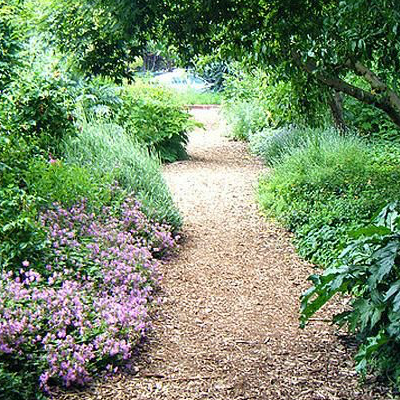
Create pathways and terrasses
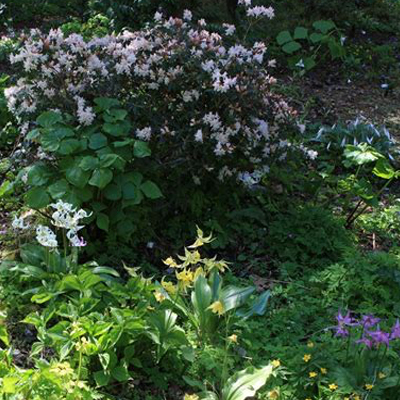
To restore woodland plantings
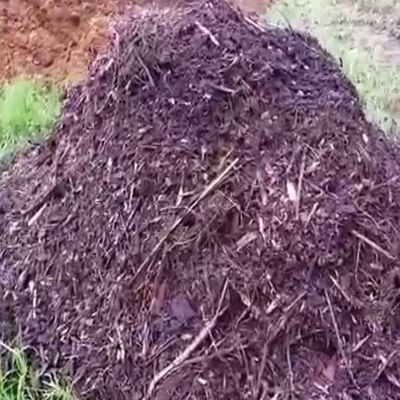
To decompose and create humus
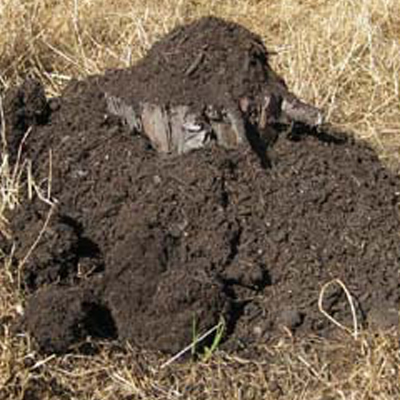
To help decomposition of tree stumps
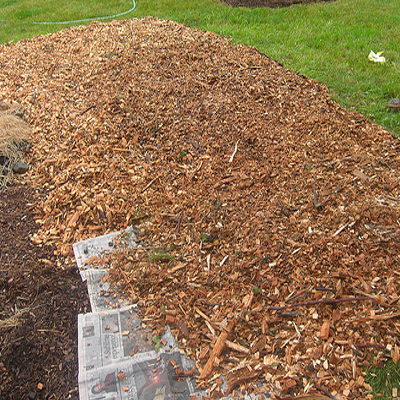
To remove turf and create planting beds
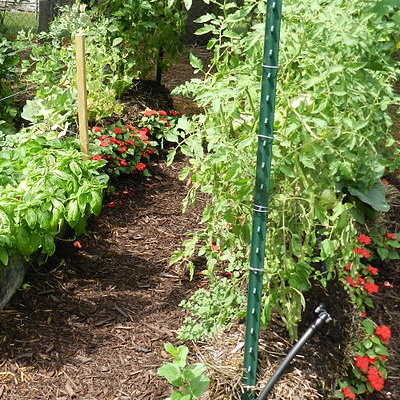
For weed suppression in vegetable gardens
The Problem With Too Much Mulch
Some industries produce wood chips as a by-product, so wood chips are easy available. The biggest problem with wood chips, and other heavily applied mulches is that, not only do they prevent weeds, but they also smother plants with soft stems, and prevent plantings from spreading. The abundance of the use of wood chips has resulted in an omnipresent landscaping feature: trees and shrubs surrounded by wood mulch but absent of plants and flowers. This type of landscaping isn’t very appealing, but more important, it offers very little opportunity for pollinators or insect-eating birds.










